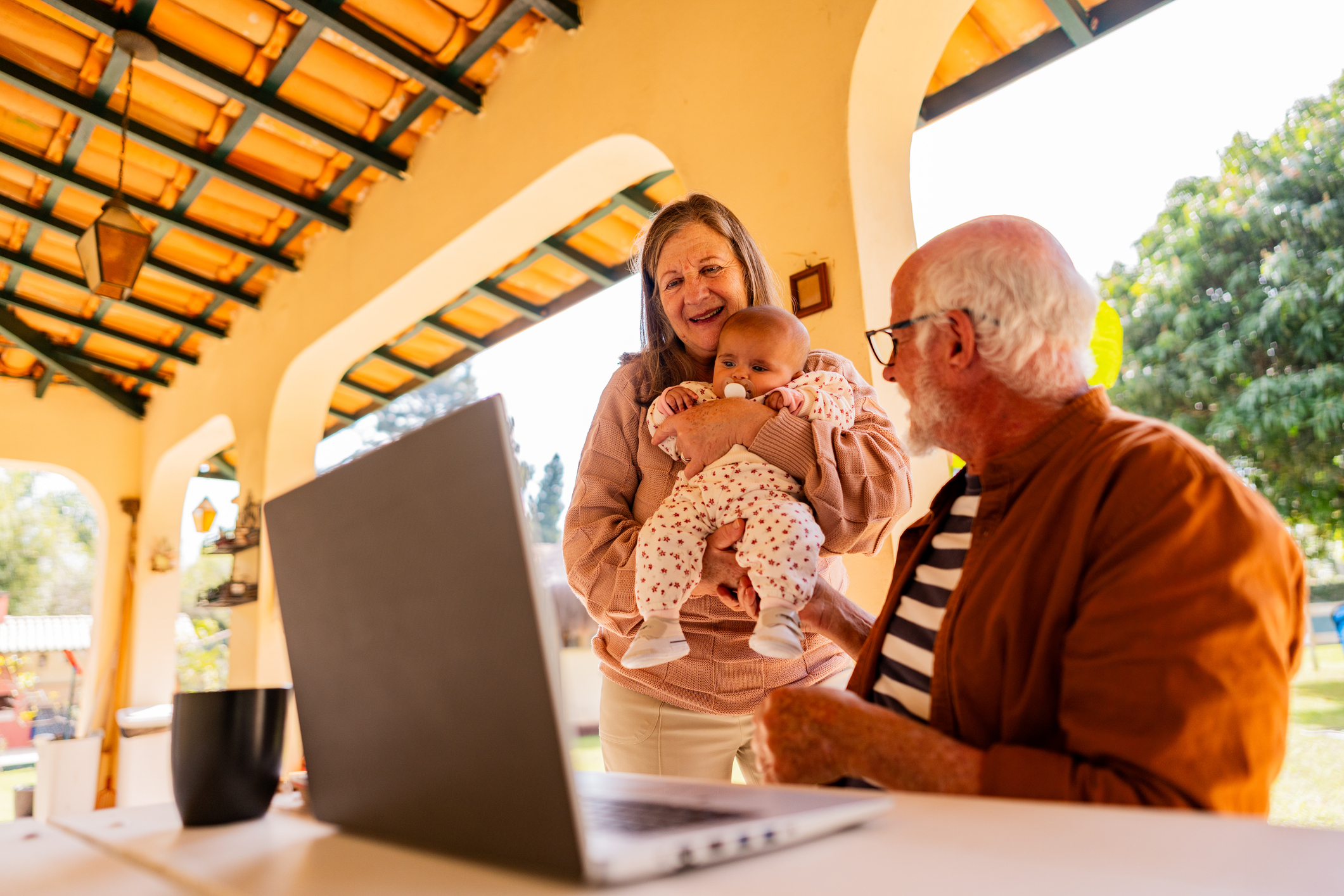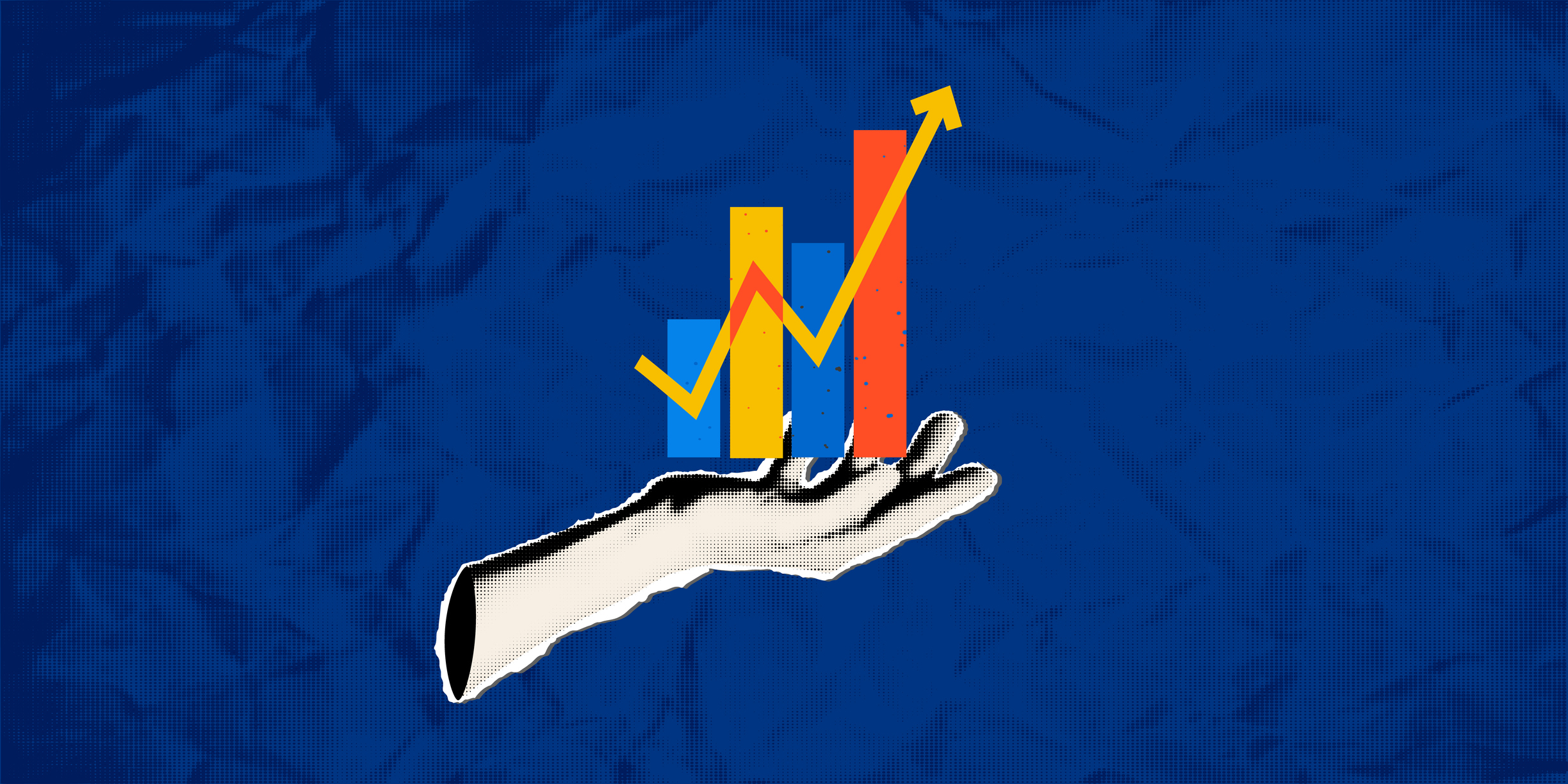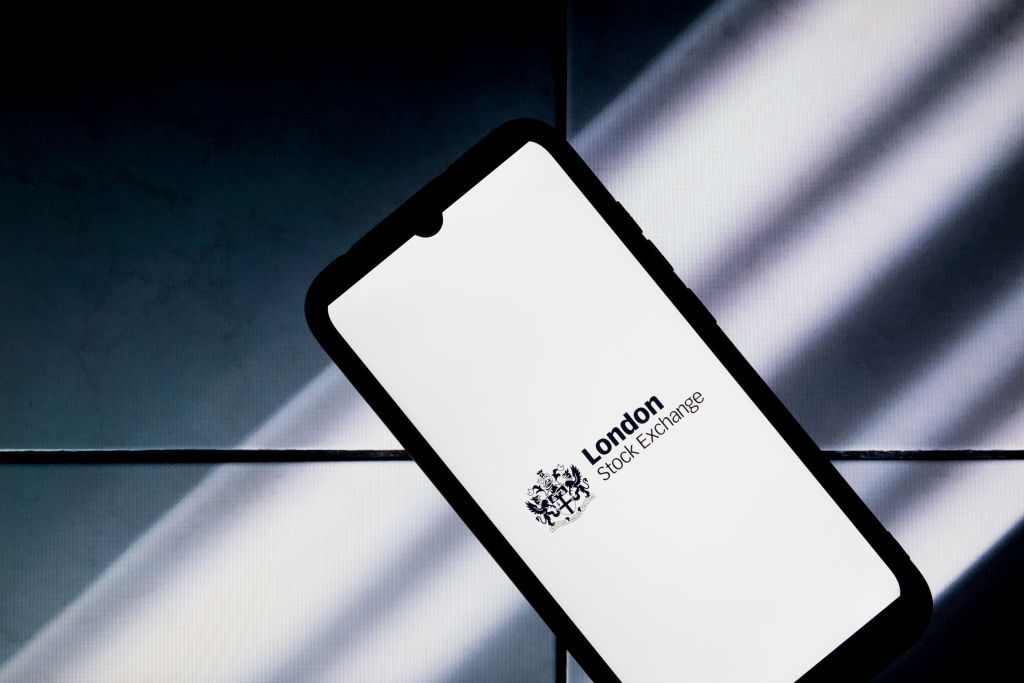Dividend payments will take a long time to recover
Companies are gradually resuming dividend payouts, but we can expect only a modest rebound in 2021, says Cris Sholto Heaton.

The dividend drought is easing. Companies that suspended dividends at the peak of the crisis are slowly resuming payouts. Housebuilder Bellway was the latest to do so this week, when it reported strong results showing a solid recovery in sales. Real estate investment trust British Land announced a fortnight ago that rent collection rates had risen to 69% and that it plans to restore a semi-annual dividend (previously it paid quarterly). Others, such as drinks firm Diageo, which was seen as a possible cutter, will keep payments unchanged, while defence group BAE Systems last month paid the final dividend it skipped in June as a special interim dividend.
In the short term, the cuts remain painful. Third-quarter dividends from UK firms were down 49% on the same period a year ago, according to the latest report from shareholder registrar Link. That was an improvement on the second quarter (down 57%), although since many of the restored dividends that now being announced will only be paid at the start of next year, the fourth quarter won’t be significantly better. Overall, Link forecasts a drop of around 45% in dividends for the whole of 2020, but holds out the hope of some improvement in 2021.
A slow recovery beckons
How much hope we should have is unclear. Link reckons that the best-case scenario for the next year is a 15% rise; the worst-case is a 6% gain. In both scenarios, companies would be paying around as much as they did in 2012. FTSE 100 dividend futures – derivatives based on the value of dividends that firms declare each year – imply only a modest further rise in 2022, reinforcing the fact that part of the drop is a cut in unsustainable dividends that will not be reversed. The outlook will depend greatly on a few sectors and a few big payers, notably the banks. These normally account for almost a fifth of dividends and I’m sceptical that these will be restored fast, since the prospects of a strong economic recovery are diminishing with every round of government incompetence. Mining, and oil and gas – which are the second- and third-largest sectors – will not raise payouts much until there is a sustained increase in commodity prices.
MoneyWeek
Subscribe to MoneyWeek today and get your first six magazine issues absolutely FREE

Sign up to Money Morning
Don't miss the latest investment and personal finances news, market analysis, plus money-saving tips with our free twice-daily newsletter
Don't miss the latest investment and personal finances news, market analysis, plus money-saving tips with our free twice-daily newsletter
So while many firms will offer good prospects as they resume dividends – either for income or for capital gains as other investors re-embrace them – it seems prudent to invest gradually (see below). The banks don’t appeal to me much, but I’m slowly buying oil (BP and Royal Dutch Shell) and mining (BHP and Rio Tinto) as well as real estate (British Land and Land Securities), and planning to take between six months and year to build up a full position in each case.
I wish I knew what pound-cost averaging was, but I’m too embarrassed to ask
There are many concepts in investing that sound far more complicated than they are. Pound-cost averaging – also known as drip feeding – is no exception. It simply means investing a sum of money into the market at regular intervals rather than in one go. So if you have £1,200 to invest this year, you might invest £100 per month. If you have £12,000, you invest £1,000 per month.
The advantage of investing this way is that it may reduce the risk (and pain) of buying just before the market drops. If you put all your money in UK shares this month and the FTSE 100 drops steadily over the next year to end up down 30%, your portfolio is also down 30%. If you invest equal amounts monthly, you are buying at a lower price each time and reducing your average cost. Your portfolio may end the year down by around 15% rather than 30%, which may make it easier to hold your nerve and wait for the recovery.
Obviously, if markets rise rather than fall over the time that you are averaging your investments, you will make smaller profits than you would if you invested a lump sum at the start. Critics point out that most major markets have risen substantially in the last few decades, and so studies show that consistently following a pound-cost averaging strategy has not delivered the best long-term returns. (It might do better than lump-sum investing if the market declines steadily over the long term, but the best outcome in that case would be not to invest at all.)
However, the behavioural benefits of pound-cost averaging means that it can be useful, especially during a crisis. Whether it ultimately produces better returns than investing a lump sum will depend on if you begin closer to the start or end of the crisis, but a disciplined approach to investing small amounts can help overcome the inertia and fear that might stop you entering the market at all until the best of the recovery is over.
Get the latest financial news, insights and expert analysis from our award-winning MoneyWeek team, to help you understand what really matters when it comes to your finances.
Cris Sholto Heaton is an investment analyst and writer who has been contributing to MoneyWeek since 2006 and was managing editor of the magazine between 2016 and 2018. He is especially interested in international investing, believing many investors still focus too much on their home markets and that it pays to take advantage of all the opportunities the world offers. He often writes about Asian equities, international income and global asset allocation.
Cris began his career in financial services consultancy at PwC and Lane Clark & Peacock, before an abrupt change of direction into oil, gas and energy at Petroleum Economist and Platts and subsequently into investment research and writing. In addition to his articles for MoneyWeek, he also works with a number of asset managers, consultancies and financial information providers.
He holds the Chartered Financial Analyst designation and the Investment Management Certificate, as well as degrees in finance and mathematics. He has also studied acting, film-making and photography, and strongly suspects that an awareness of what makes a compelling story is just as important for understanding markets as any amount of qualifications.
-
 Autumn Budget tax changes: how is your generation affected?
Autumn Budget tax changes: how is your generation affected?The chancellor expects everyone to do their bit to boost the nation's finances but the tax burden is by no means shared equally
-
 Revealed: pension savers ditch investment trusts and favour passive funds
Revealed: pension savers ditch investment trusts and favour passive fundsDemand for investment trusts is cooling among self-invested personal pension (Sipp) customers, who are increasingly choosing money market funds, passive funds and individual shares
-
 Leading European companies offer long-term growth prospects
Leading European companies offer long-term growth prospectsOpinion Alexander Darwall, lead portfolio manager, European Opportunities Trust, picks three European companies where he'd put his money
-
 How to harness the power of dividends
How to harness the power of dividendsDividends went out of style in the pandemic. It’s great to see them back, says Rupert Hargreaves
-
 Why Trustpilot is a stock to watch for exposure to the e-commerce market
Why Trustpilot is a stock to watch for exposure to the e-commerce marketTrustpilot has built a defensible position in one of the most critical areas of the internet: the infrastructure of trust, says Jamie Ward
-
 Tetragon Financial: An exotic investment trust producing stellar returns
Tetragon Financial: An exotic investment trust producing stellar returnsTetragon Financial has performed very well, but it won't appeal to most investors – there are clear reasons for the huge discount, says Rupert Hargreaves
-
 How to capitalise on the pessimism around Britain's stock market
How to capitalise on the pessimism around Britain's stock marketOpinion There was little in the Budget to prop up Britain's stock market, but opportunities are hiding in plain sight. Investors should take advantage while they can
-
 London claims victory in the Brexit wars
London claims victory in the Brexit warsOpinion JPMorgan Chase's decision to build a new headquarters in London is a huge vote of confidence and a sign that the City will remain Europe's key financial hub
-
 Reinventing the high street – how to invest in the retailers driving the change
Reinventing the high street – how to invest in the retailers driving the changeThe high street brands that can make shopping and leisure an enjoyable experience will thrive, says Maryam Cockar
-
 The consequences of the Autumn Budget – and what it means for the UK economy
The consequences of the Autumn Budget – and what it means for the UK economyOpinion A directionless and floundering government has ducked the hard choices at the Autumn Budget, says Simon Wilson
